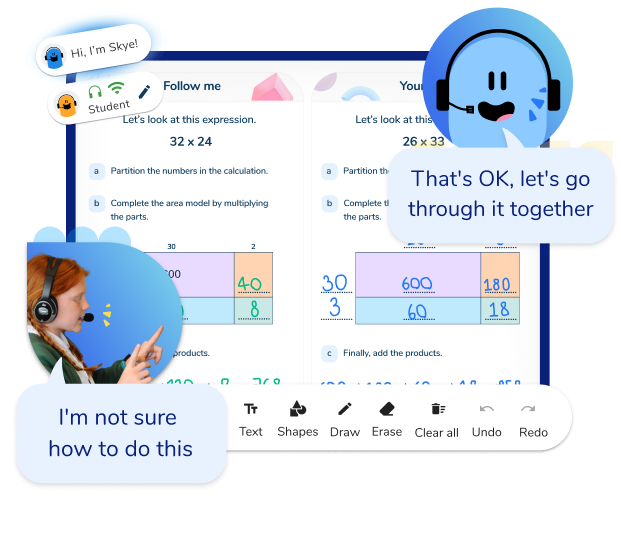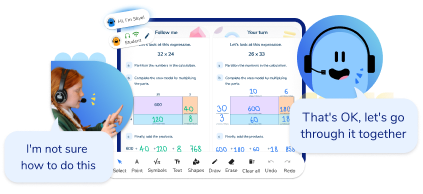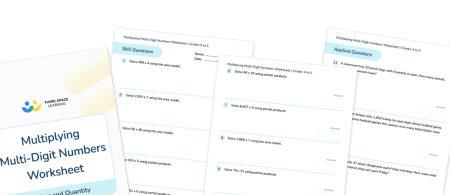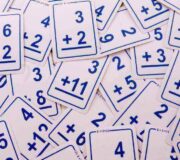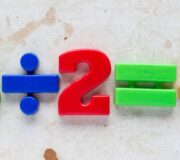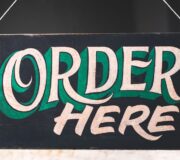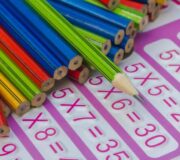What Is Box Method Multiplication? Explained For Elementary School Teachers, Parents And Pupils
Box method multiplication is just one method of multiplication used in upper elementary school math. In this article, we explain the method and how it compares with other popular methods of multiplication. You will also find a step-by-step explanation of the method, worked examples to consolidate understanding and practice questions to use with your fourth grade students.
Multiplication is one of the four basic operations (addition, subtraction, multiplication and division) that are a key part of the math curriculum throughout elementary school. Students begin to explore the concept of multiplication in second grade when they learn to work with objects in rectangular arrays. Students develop a deeper knowledge of multiplication in 3rd grade and 4th grade where they learn specific strategies on how to multiply multi-digit numbers. Box method multiplication is one of these strategies.
- What is box method multiplication?
- How does box method multiplication compare with other popular methods?
- Box method multiplication examples
- How to use box method multiplication
- When do children learn about box method multiplication in school?
- How does box method multiplication relate to other areas of math?
- How does box method multiplication link to real life?
- Box method multiplication worked examples
- Box method multiplication practice questions
- More multiplication resources on our resource library
What is box method multiplication?
Box method multiplication, also known as the box method, is a strategy used for multiplication calculations. This strategy can be used from 2-digit by 1-digit multiplication up to 4-digit by 2-digit multiplication. The box method requires students to break the multi-digit numbers into expanded form and arrange the numbers in a box-like diagram. Students can multiply the numbers by place value and add each of those products together.
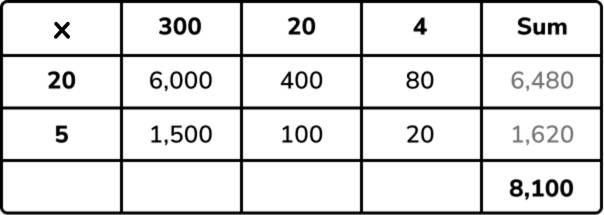
Multiplying multi-digit numbers worksheet
Give your grade 4 to 5 students skills and applied questions about multiplying multi-digit numbers.
Download Free Now!How does box method multiplication compare with other popular methods?
There are several other strategies to multiply multi-digit numbers – see below how the box method compares to the lattice method, Chinese stick method and the more commonly seen standard algorithm method and partial products.
Lattice method
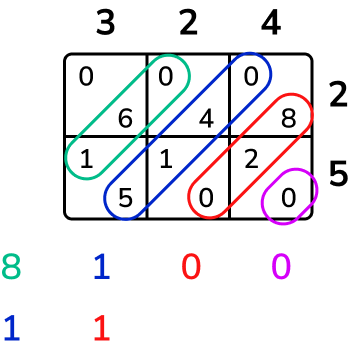
Chinese stick method
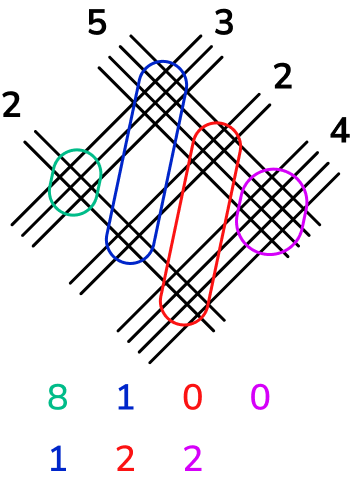
Standard Algorithm
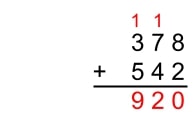
Box method multiplication examples
2- by 1-digit multiplication
43 x 5 = 215

4- by 2-digit multiplication
2,647 x 38 = 100,586

Decimal multiplication
2.1 x 3.5 = 7.35
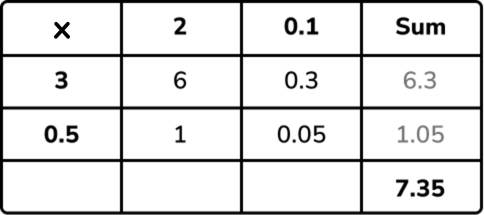
Place value counter box method
Before jumping straight to numbers, you could use place value counters instead.
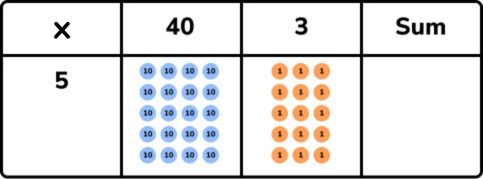
How to use box method multiplication
The box method of multiplication is a great ‘stepping stone’ to develop understanding of the standard algorithm as it clearly lays out each step of the multiplication. Let’s go step-by-step for 36 x 14.
1. First, write the numbers out in expanded form into each place value (in this case, the tens and ones).
2. Write each part of the number in expanded form in the top row and first column of the box with each place value over a box. The commutative property of multiplication means either number can be written horizontally or vertically. Students will need to have a strong grasp of place value to recognize that, for example, the 3 in the tens column is 30 and the 6 is 6. (30 and 6 along the top; 10 and 4 down the side).
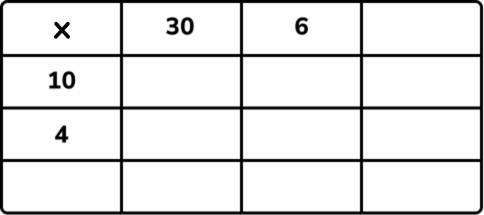
3. Multiply the tens and units of the first number by the tens and units of the second number and write the answers in the corresponding boxes (30 x 10 = 300; 30 x 4 = 120; 6 x 10 = 60; 6 x 4 = 24).
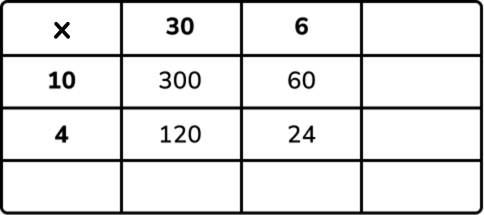
4. Add up all the parts (column addition could be used for this) – this can be done in any order – to find the final answer (300 + 60 = 360, 120 + 24 = 144 and 360 + 144 = 504. In the first example the rows have been totalled, but you could also add the columns first as in the second example – 300 + 120 = 420, 60 + 24 = 84 and 420 + 84 = 504 – to get the same answer).
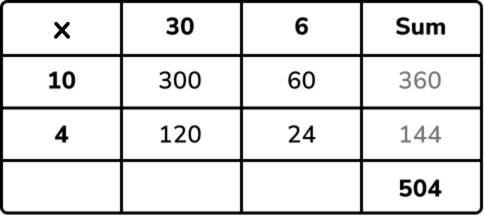
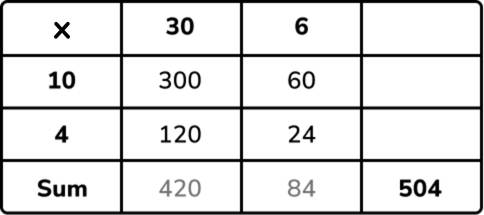
When do children learn about box method multiplication in school?
Children are first introduced to a more ‘formal’ method of multiplication in upper elementary, starting in 3rd grade with multiplying a 2-digit number by a 1-digit number and progressing to larger numbers by multiplying a 4-digit number by a 2-digit number by 5th grade.
The Common Core Math State Standards states that:
- 2nd Grade students are taught to use addition to find the total number of objects arranged in rectangular arrays with up to 5 rows and up to 5 columns and write equations to express the total as a sum or equal addends.
- 3rd Grade students are taught to interpret products, fluently multiply within 100 and use strategies based on place value to multiply one-digit and two-digit numbers.
- 4th Grade students are taught to multiply four-digit numbers by one-digit numbers and two two-digit numbers using strategies based on place value and the properties of operations.
- 5th Grade pupils are taught to fluently multiply multi-digit numbers using the standard algorithm and multiply decimal numbers to hundredths using place value strategies.
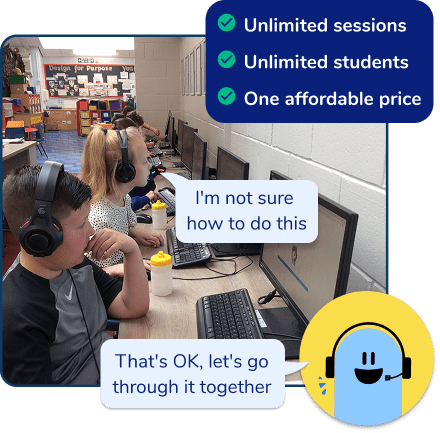
Meet Skye, the voice-based AI tutor making math success possible for every student.
Built by teachers and math experts, Skye uses the same pedagogy, curriculum and lesson structure as our traditional tutoring.
But, with more flexibility and a low cost, schools can scale online math tutoring to support every student who needs it.
Watch Skye in actionHow does box method multiplication relate to other areas of math?
Box method for multiplication is a helpful tool for students as they progress through mathematics. For example, it can be used in algebra for multiplying polynomials. The box method or also known as the area model helps students to concretely understand polynomial multiplication which can be a challenging topic.
How does box method multiplication link to real life?
The box method doesn’t specifically link to real life necessarily, but it does reinforce the concept of place value and develop number sense. Furthermore, multiplication itself is used regularly throughout life, such as money (e.g. buying 7 packets of crisps at 45p each) or time (e.g. working out time spent at work if working 8 hours a day, 4 days a week, 37 weeks a year).
Box method multiplication worked examples
1) Lauren buys 4 boxes of pens. Each box has 85 pens in it. How many pens did she buy all together?

2) 42.1 x 7

3) In one school year, Chris goes to school for 39 weeks. In each of the weeks, he goes to 34 lessons. How many lessons is that altogether?
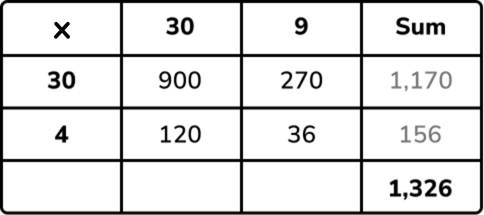
Box method multiplication practice questions
- Josh cycles 255 meters in 1 minute. He keeps cycling at the same speed. How far will he cycle in 8 minutes? Answer: 2,040m
- A factory puts biscuits into packets of 19 biscuits. The factory produces 1,350 packets of biscuits in a day. How many biscuits is that? Answer: 25,650
- A box of chocolates costs $7. How many do 16 boxes cost? Answer: $112
- 52.8 x 4 = ? Answer: 211.2
- Emma buys 5 bunches of flowers. Each bunch of flowers costs $1.20. How much does Emma pay altogether? Answer: $6
More multiplication resources on our resource library
Third Space Learning’s US resource library provides a wide range of primary resources for teaching multiplication to Key Stage 2. Our online one-to-one tutoring uses a range of methods, as seen below, to help children to build a strong foundational understanding of key mathematical concepts, such as multiplication.
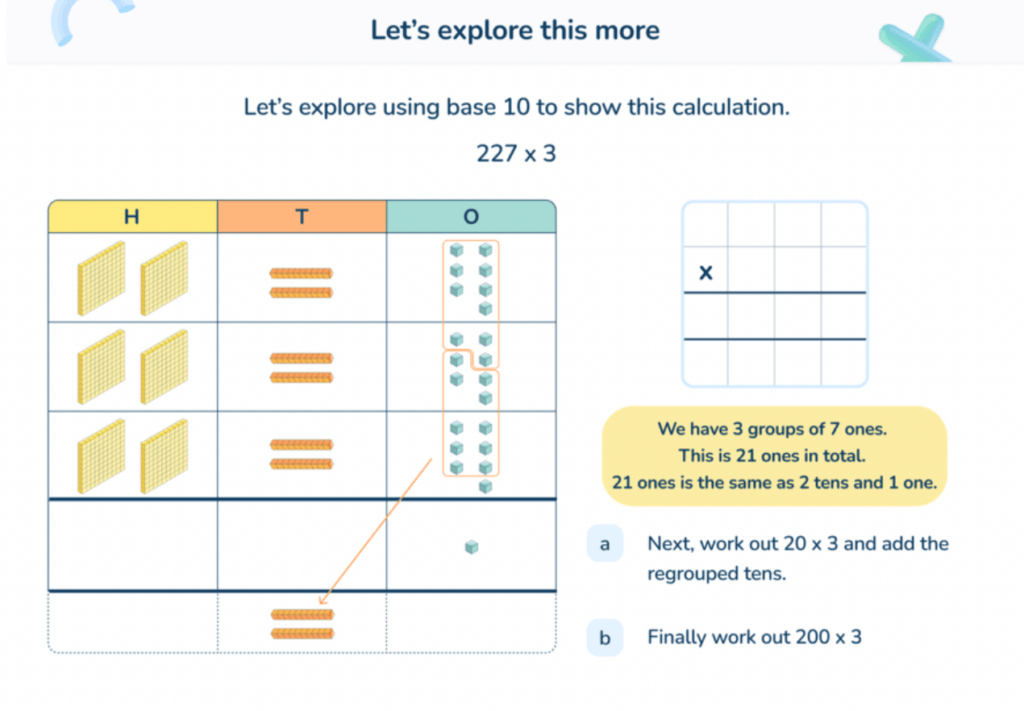
If you’re looking for more resources around the topic of multiplication, take a look at our blog on the best multiplication games to play at lower and upper elementary for classroom engagement and our collection of multiplication worksheets that cover all areas of multiplication that students will learn in upper elementary. Topics include: what is a multiple, factors and multiples, factors, lowest common multiple and highest common factor.
How do you multiply two digit numbers using the box method?
Write both numbers in expanded form, multiply the parts and add them together again.

What are the benefits of using the box method to multiply?
It breaks down the steps of the standard algorithm so it can be clearly understood what is happening at each stage.
How do you teach a child multiplication box method?
Ensure children understand how to write multi-digit numbers in expanded form and represent each place value with counters. Start with 2- by 1-digit multiplication. Show how to multiply each part and add them back together at the end, first with place value counters, then without.

Do you have students who need extra support in math?
Give your students more opportunities to consolidate learning and practice skills through personalized math tutoring with their own dedicated online math tutor.
Each student receives differentiated instruction designed to close their individual learning gaps, and scaffolded learning ensures every student learns at the right pace. Lessons are aligned with your state’s standards and assessments, plus you’ll receive regular reports every step of the way.
Personalized one-on-one math tutoring programs are available for:
– 2nd grade tutoring
– 3rd grade tutoring
– 4th grade tutoring
– 5th grade tutoring
– 6th grade tutoring
– 7th grade tutoring
– 8th grade tutoring
Why not learn more about how it works?
Meet Skye, our AI voice tutor. Built on over a decade of tutoring expertise, Skye uses the same proven pedagogy and curriculum as our traditional tutoring to close learning gaps and accelerate progress. Watch a clip of Skye’s AI math tutoring in action.
The content in this article was originally written by primary school teacher Sophie Bartlett and has since been revised and adapted for US schools by middle and high school math teacher Jen Martins.
